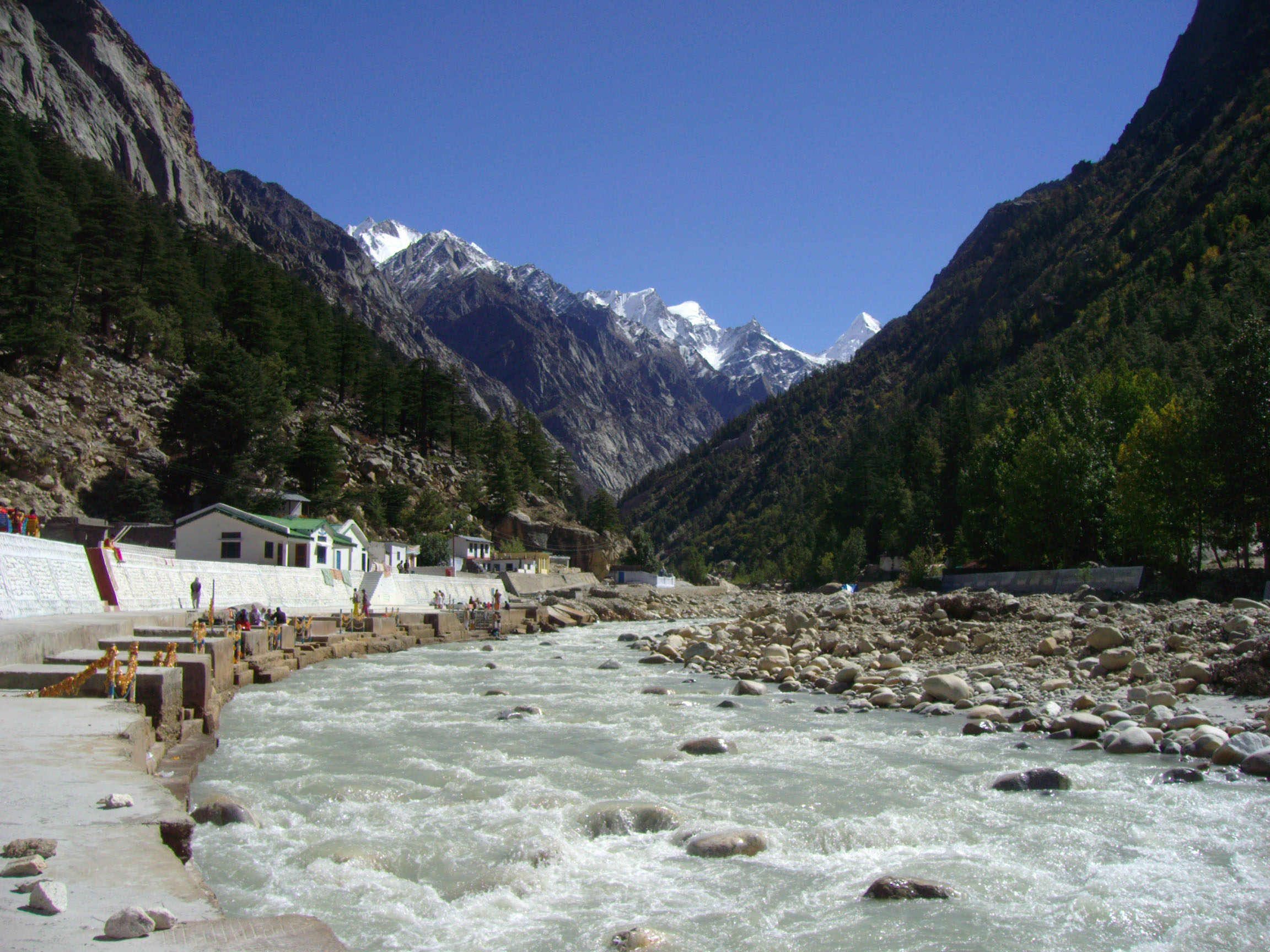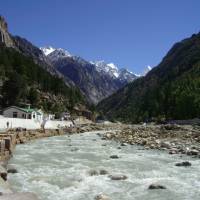The future of the world's most famous mountain-range could be endangered by a vast dam-building project, as a risky regional race for water resources takes place in Asia.
New academic research shows that India, Nepal, Bhutan and Pakistan are engaged in a huge "water grab" in the Himalayas, as they seek new sources of electricity to power their economies. Taken together, the countries have plans for more than 400 hydro dams which, if built, could together provide more than 160,000 megawatts of electricity.
In addition, China has plans for around 100 dams to generate a similar amount of power from major rivers rising in Tibet. A further 60 or more dams are being planned for the Mekong River, which also rises in Tibet and flows south through Southeast Asia.
Most of the Himalayan rivers have been relatively untouched by dams near their sources. Now the two great Asian powers, India and China, are rushing to harness them as they cut through some of the world's deepest valleys. Many of the proposed dams would be among the tallest in the world, able to generate more than 4,000 MW, as much as the Hoover Dam on the Colorado River in the United States.
The result, over the next 20 years, "could be that the Himalayas become the most dammed region in the world," said Ed Grumbine, visiting international scientist with the Chinese Academy of Sciences in Kunming. "India aims to construct 292 dams ... doubling current hydropower capacity and contributing 6 percent to projected national energy needs. If all dams are constructed as proposed, in 28 of 32 major river valleys, the Indian Himalayas would have one of the highest average dam densities in the world, with one dam for every 32 km of river channel. Every neighbor of India with undeveloped hydropower sites is building or planning to build multiple dams, totalling at minimum 129 projects," said Grumbine, author of a paper in Science.
China, which is building multiple dams on all the major rivers running off the Tibetan plateau, is likely to emerge as the ultimate controller of water for nearly 40 percent of the world's population. "The plateau is the source of the single largest collection of international rivers in the world, including the Mekong, the Brahmaputra, the Yangtze and the Yellow rivers. It is the headwater of rivers on which nearly half the world depends. The net effect of the dam building could be disastrous. We just don't know the consequences," said Tashi Tseri, a water resource researcher at the University of British Columbia in Vancouver.
"China is engaged in the greatest water grab in history. Not only is it damming the rivers on the plateau, it is financing and building mega-dams in Pakistan, Laos, Burma and elsewhere and making agreements to take the power," said Indian geopolitical analyst Brahma Chellaney. "China-India disputes have shifted from land to water. Water is the new divide and is going centre stage in politics. Only China has the capacity to build these mega-dams and the power to crush resistance. This is effectively war without a shot being fired."
According to Chellaney, India is in the weakest position because half its water comes directly from China; however, Bangladesh is fearful of India's plans for water diversions and hydropower. Bangladeshi government scientists say that even a 10 percent reduction in the water flow by India could dry out great areas of farmland for much of the year. More than 80 percent of Bangladesh's 50 million small farmers depend on water that flows through India.
Engineers and environmentalists say that little work has been done on the human or ecological impact of the dams which they fear could increase floods and be vulnerable to earthquakes. "We do not have credible environmental and social impact assessments, we have no environmental compliance system, no cumulative impact assessment and no carrying capacity studies. The Indian ministry of environment and forests, developers and consultants are responsible for this mess," said Himanshu Thakkar, coordinator of South Asia Network on Dams, Rivers and People.
China and India have both displaced tens of millions of people with giant dams such as the Narmada and Three Gorges over the last 30 years, but governments have not published estimates of how many people would have to be relocated or how much land would be drowned by the new dams. "This is being totally ignored. No one knows, either, about the impact of climate change on the rivers. The dams are all being built in rivers that are fed by glaciers and snowfields which are melting at a fast rate," said Tsering.
Climate models suggest that major rivers running off the Himalayas, after increasing flows as glaciers melt, could lose 10-20 percent of their flow by 2050. This would not only reduce the rivers' capacity to produce electricity, but would exacerbate regional political tensions.
The dams have already led to protest movements in Uttarakhand, Himachal Pradesh, Sikkim, Assam and other northern states of India and in Tibet. Protests in Uttarakhand, which was devastated by floods last month, were led by Indian professor G.D. Agarwal, who was taken to hospital after a 50-day fast but who was released this week.
"There is no other way but to continue because the state government is not keen to review the dam policy," said Mallika Bhanot a member of Ganga Avahan, a group opposing proposals for a series of dams on the Ganges.
Governments have tried to calm people by saying that many of the dams will not require large reservoirs, but will be "run of the river" constructions which channel water through tunnels to massive turbines. But critics say the damage done can be just as great. "[These] will complete shift the path of the river flow," said Shripad Dharmadhikary, a leading opponent of the Narmada dams and author of a report into Himalayan dams. "Everyone will be affected because the rivers will dry up between points. The whole hydrology of the rivers will be changed. It is likely to aggravate floods.
"A dam may only need 500 people to move because of submergence, but because the dams stop the river flow it could impact on 20,000 people. They also disrupt the groundwater flows so many people will end up with water running dry. There will be devastation of livelihoods along all the rivers."




















With your current subscription plan you can comment on stories. However, before writing your first comment, please create a display name in the Profile section of your subscriber account page.